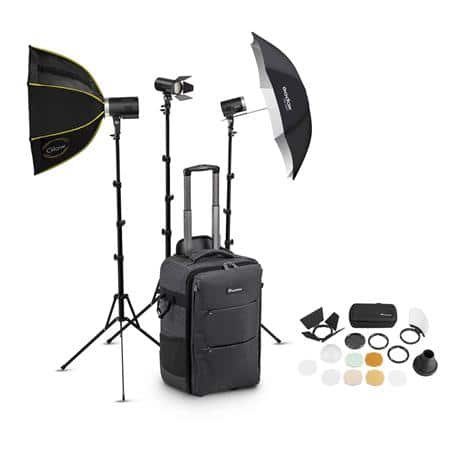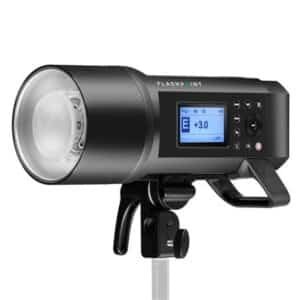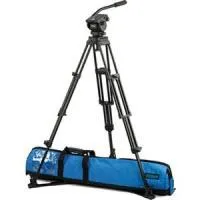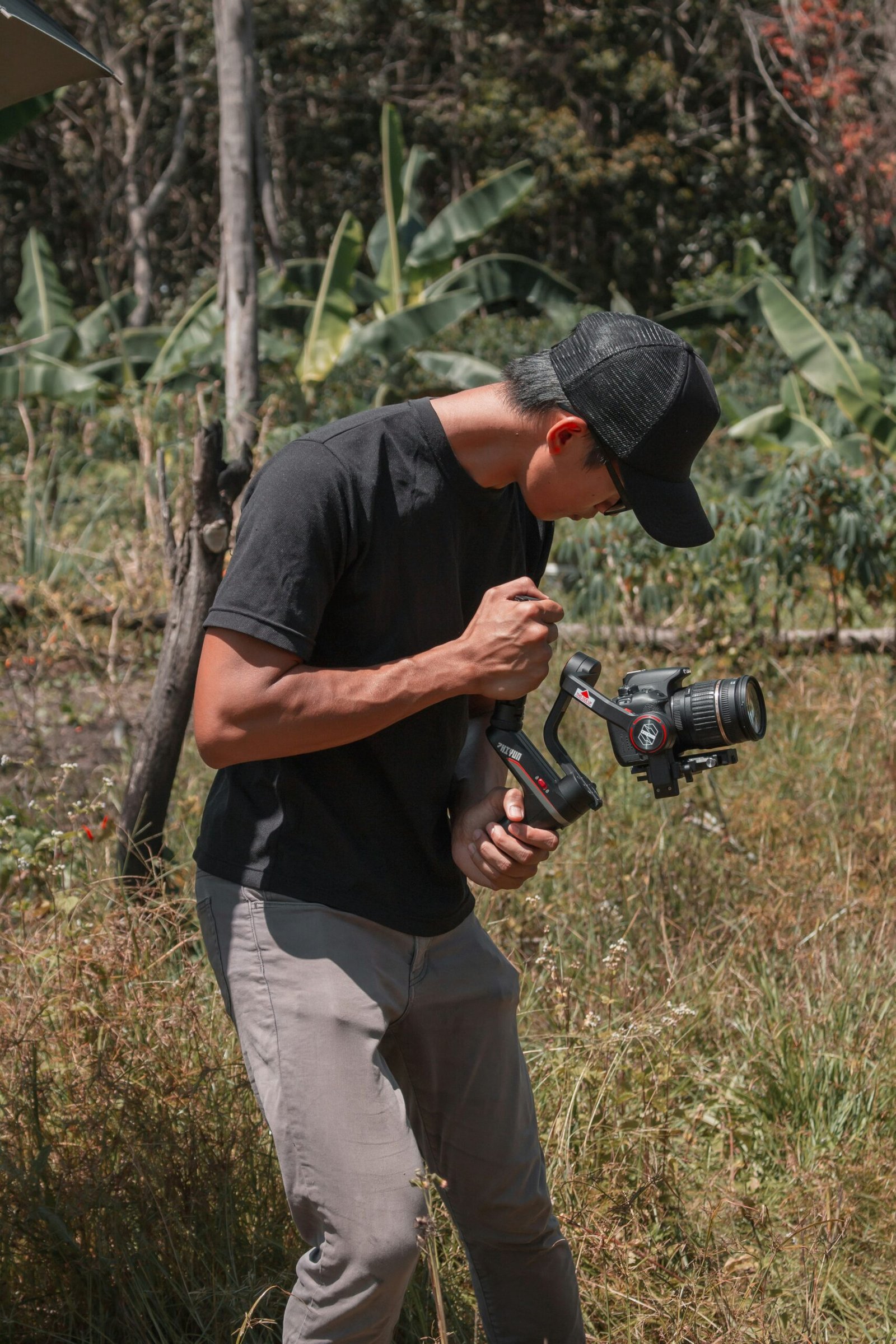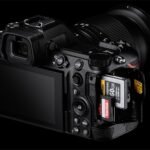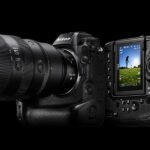Share techniques and equipment recommendations for managing challenging lighting situations.
Mastering Light: How Photographers Handle Difficult Lighting Conditions
Introduction:
Photography is all about capturing and controlling light, but what happens when light doesn’t cooperate? Difficult lighting conditions can pose a challenge to photographers, whether it’s harsh sunlight, low light, or mixed lighting. In this post, we’ll explore techniques and equipment recommendations that help photographers overcome these challenges and create stunning images.
- Understand Your Light Source:
To conquer challenging lighting, you first need to understand it. Whether it’s direct sunlight, soft overcast light, or artificial lighting, comprehending the source’s characteristics allows you to adapt your approach.
- Use Reflectors and Diffusers:
Reflectors bounce light onto your subject, while diffusers soften harsh light. These inexpensive tools are valuable for modifying natural light to achieve the desired effect.
- Master Exposure Settings:
Knowing your camera’s exposure settings is crucial. Techniques like bracketing, exposure compensation, and manual mode help you control exposure in different lighting conditions.
- Fill Flash:
In situations with strong backlighting or harsh shadows, a fill flash can provide just the right amount of additional light to balance the exposure.
- White Balance Adjustment:
Adjusting your camera’s white balance settings helps combat color casts that can occur under unusual lighting conditions, such as fluorescent or tungsten lighting.
- Use a Lens Hood:
A lens hood can minimize lens flare and protect your lens from unwanted light, particularly in bright, sunny conditions.
- High-Quality Lenses:
Investing in lenses with wide apertures (e.g., f/1.4 or f/2.8) allows more light to reach the sensor, making them suitable for low-light conditions.
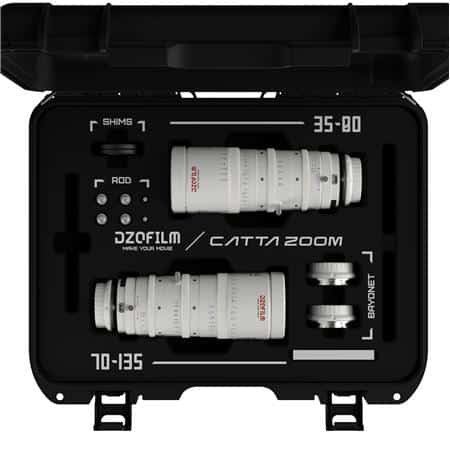
- Tripod and Image Stabilization:
For low-light situations, using a tripod or a lens with image stabilization technology helps maintain image sharpness, reducing the risk of camera shake.
- HDR Photography:
High Dynamic Range (HDR) techniques merge multiple exposures to capture a wider range of light levels, ideal for scenes with extreme contrast.
- Flash Modifiers:
Diffusers, gels, and grids can modify the light from your external flash, enabling you to adapt it to your needs.
- Shooting in RAW:
Capturing images in RAW format preserves more data, giving you greater flexibility in post-processing, especially in challenging lighting situations.
- Post-Processing Software:
Editing software like Adobe Lightroom and Photoshop can help salvage underexposed or overexposed shots by adjusting exposure and fine-tuning other settings.
- Patience and Timing:
Sometimes, waiting for the right moment when lighting conditions improve, such as during golden hour, can make all the difference.
- Learn from Others:
Studying the work of other photographers and their techniques in challenging lighting conditions can be a valuable source of inspiration and knowledge.
Conclusion:
Difficult lighting conditions need not be a barrier to capturing exceptional photographs. By understanding light sources, using the right equipment, and applying the recommended techniques, photographers can adapt to and even thrive in various lighting situations. The key is practice, experience, and a willingness to experiment to achieve the desired results.

